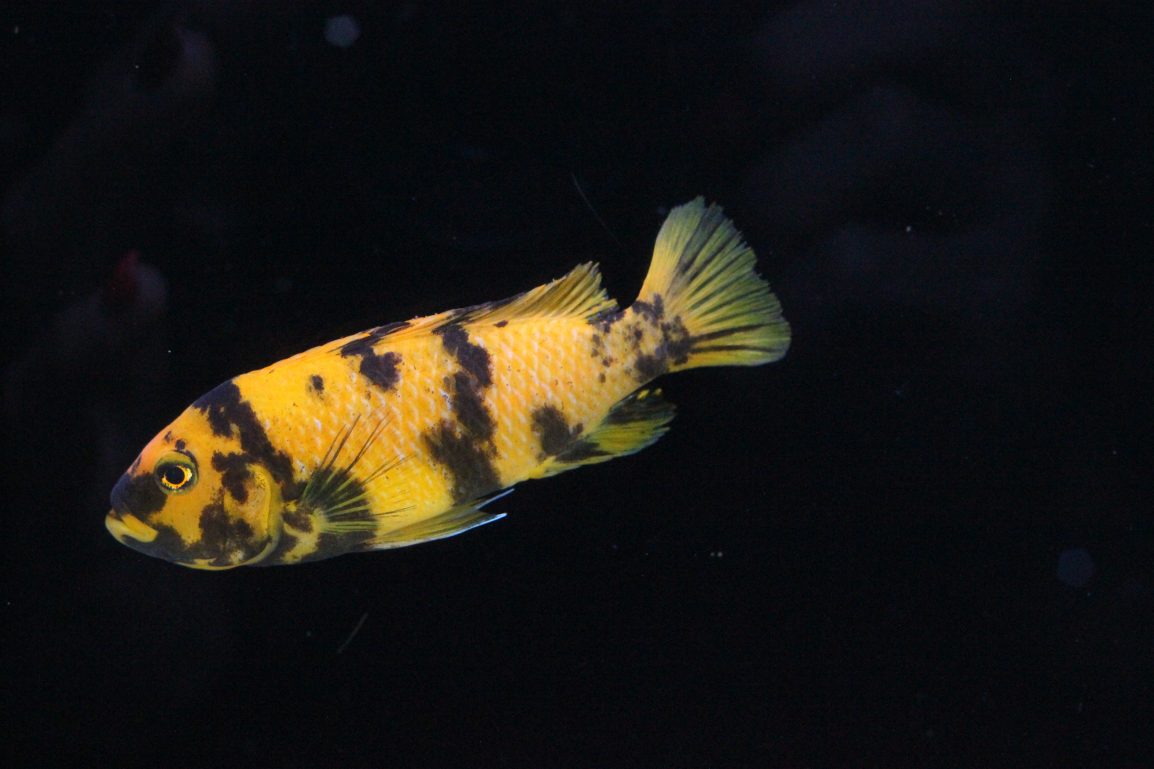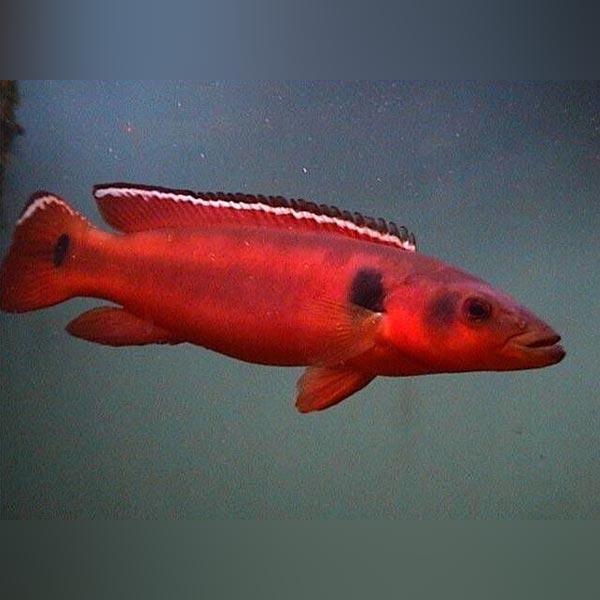

- #RED ZEBRA CICHLID PLANT EATING FULL#
- #RED ZEBRA CICHLID PLANT EATING CODE#
- #RED ZEBRA CICHLID PLANT EATING FREE#
Please check with your country’s customs office to determine what these additional costs will be prior to purchasing.Anyone who has been involved with aquarium keeping is probably familiar with snails at one level or another. These charges are the buyer’s responsibility. International Buyers Please Note: Import duties, taxes and charges are not included in the item price or shipping charges. Plants: $10 FedEx Priority Shipping, Minimum Order: $15
#RED ZEBRA CICHLID PLANT EATING CODE#
Use the promo code BONUS-CONE after adding your selection to your cart.
#RED ZEBRA CICHLID PLANT EATING FREE#
Discus/Altum orders over $600: choice of a free gift of a breeding cone or t-shirt. Please allow a 2-day minimum handling period for discus. Click the “Add to Cart” button on your desired products, adjust your quantities, and follow the checkout instructions. Photographs are representative of the strain or variety, and not the exact specimens that will be shipped.Ī: Every discus you see on our website is available for immediate purchase and ready to be shipped to you. Q: How are your stated fish measurements conducted?Ī: All measurements are made from tip of nose to end of tail. Parents will transfer the young back and forth several times a day. After hatching the young feed on heavy body mucus secreted by the parents for a few days until they begin to free-swim. For best results, rotate their diet daily and feed only what they can consume in 2 to 3 minutes, once or twice a day.Ĭaptive bred discus will pair up and spawn relatively easily, but young, inexperienced parents may eat their eggs the first few times, particularly if other fish are present. Frozen and live foods may be fed as treats or to help induce spawning. They are omnivores and will thrive on freeze dried black worms, beefheart, frozen blood worms, and a variety of pellet and flake food. In nature discus eat a considerable amount of plant material and detritus, but also forage along the bottom looking for worms and small crustaceans. All of these fish tolerate the high temperatures and low pH/hardness required by discus. However, suitable aquarium mates include cardinal tetras, neons, emperor and rummy nose tetras, as well as clown loaches and dwarf cichlids such as rams and Apistogramma species. Most serious hobbyists do not mix their discus with too many other species. Shy or submissive fish should be removed if they are unable to compete. Substrate should be fine to medium grade and smooth surfaced, as discus like to forage along the bottom for food.ĭiscus are generally calm, peaceful fish, but as cichlids they can be aggressive toward one another, especially when attempting to pair off and spawn. A few floating plants can also be added to provide shaded areas and cover. Current should be gentle, and décor if used at all should include large broadleaf plants and driftwood that is arranged vertically to simulate downed branches and trees. Tall aquariums are best, to accommodate their body shape. #RED ZEBRA CICHLID PLANT EATING FULL#
Don’t forget to treat tap water with conditioner before refilling your aquarium!ĭiscus grow to be quite large, and full sized discus will require an aquarium of 50 gallons or larger when they reach adult size. Discus require pristine water quality, and depending on the filtration system being used, a weekly or bi-weekly water change of 10% to 25% is highly recommended. While captive bred discus can be kept in dechlorinated tap water reverse osmosis or deionized water supplemented will ensure the the best conditions.

Water conditions for both wild and hybrid discus are the same. Temperature should be kept between 82° and 89° F. pH should be between 6.0 and 7.0, with hardness between 1° and 4° dKH (18 to 70 ppm).

They prefer quiet water, and are rarely found in areas where there is strong current or wave action.ĭiscus prefer warm, soft, acidic water. Discus tend to congregate near fallen trees, known as “galhadas”, along the shore. These areas experience extreme changes in water level due to seasonal flooding. Moderate, see our Learning Center for comprehensive care.ĭiscus are found in floodplain lakes and flooded forests of the lowland Amazon River basin and some of its tributaries, including the Rio Negro.







 0 kommentar(er)
0 kommentar(er)
